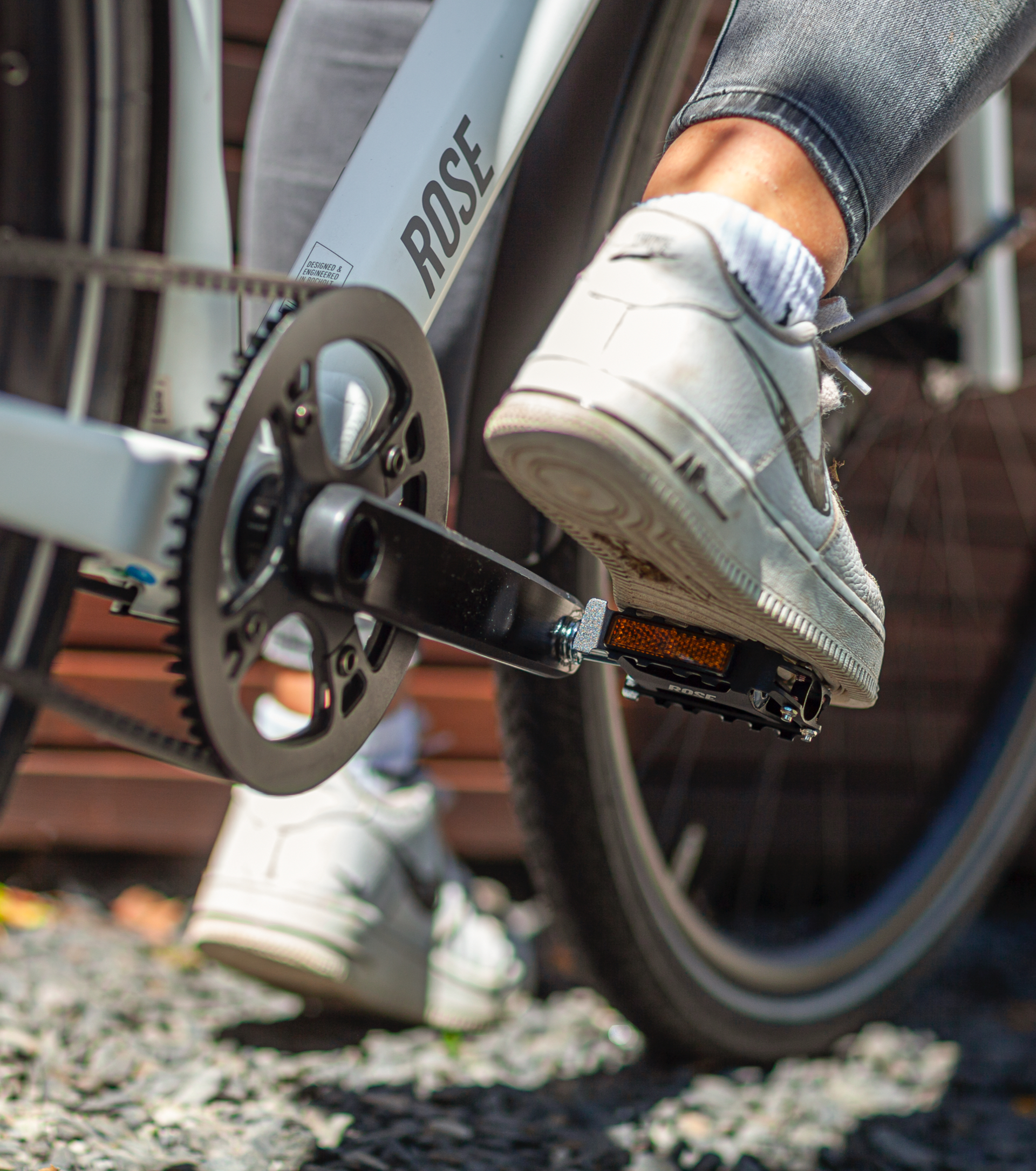)
Which trekking / city pedals do I need?
Some
trekking bike riders give little thought to their choice of pedal, even though
they are often out and about - discovering new routes and covering everyday
journeys by bike. There is a huge selection of pedals for hybrid bikes that can
increase your riding comfort even more. In this guide we show you which pedals
are the best for your intended use.
Platform Pedals for Trekking / City
Platform pedals,
also called flat pedals, have large non-slip contact surfaces that
will help you keep a stable position on the pedals. Thanks to
a roughened or rubberised surface, the pedal is non-slip and offers
you the necessary grip. Platform pedals often have permanently installed,
Germany StVZO-compliant reflectors that can increase your visibility.
This bike pedal
can be used with casual shoes - so you don't need any special
equipment and can simply get on your bike for a normal ride.
For even more
grip, there are platform pedals that are equipped with pins. These press into
your shoe sole, which minimises the risk of slipping off the trekking pedal,
even in wet conditions.
It is best to
use those kinds of flat pedals with special flat pedal shoes. These
cycling shoes have a sole with a special rubber compound and tread. This
ensures that you literally "stick" to the pedal - perfect for
cyclists who need maximum grip on their tours.
If you want to
be flexible on your trekking bike, the platform pedal is just
the thing for everyday cycling.
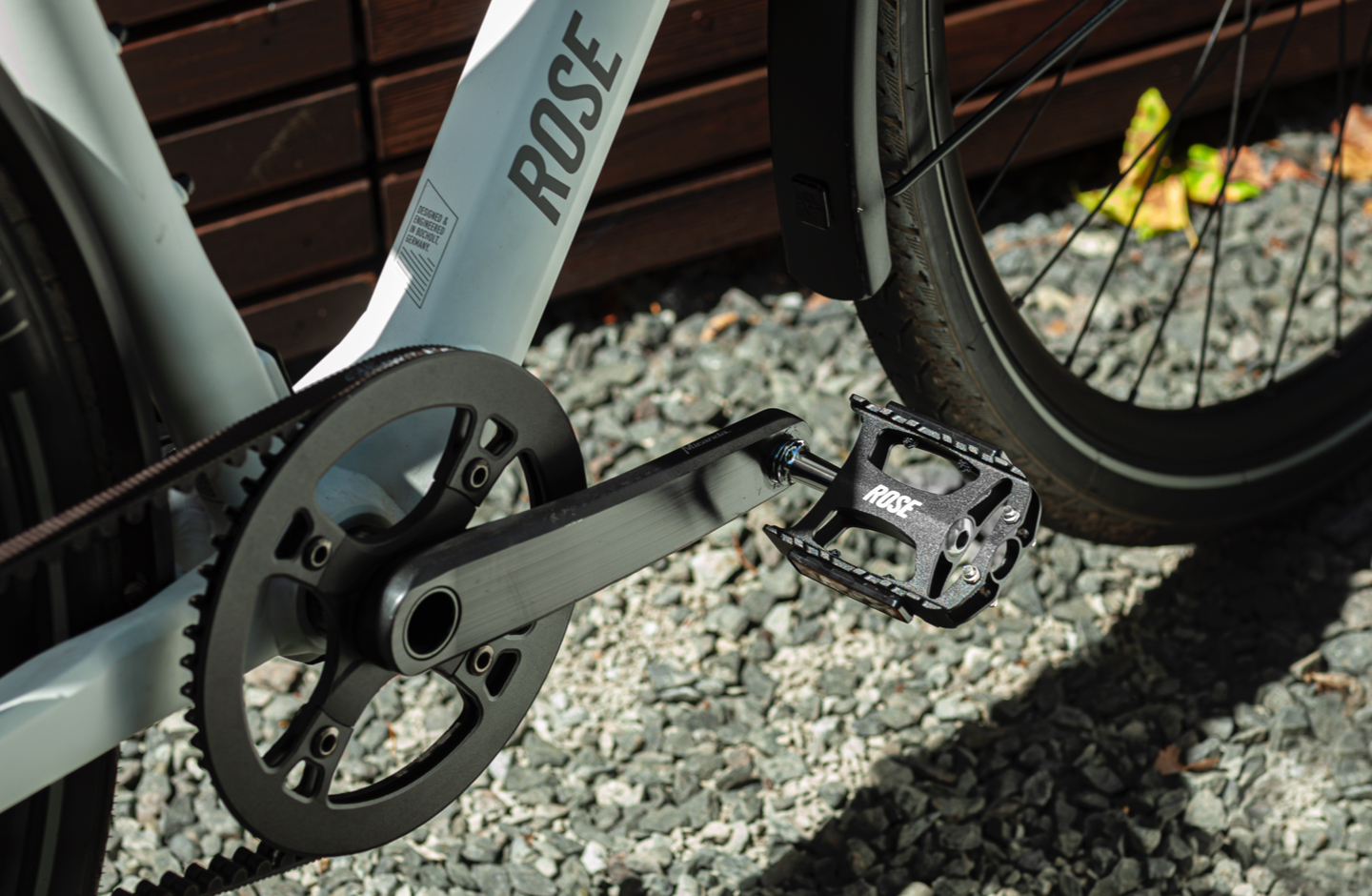)
Trekking / City Duo Pedals
The duo pedal,
also called a combination pedal, unites the advantages of the clipless
pedal with the advantages of the platform pedal. One side
of the pedal has a flat surface, where your shoe only rests on it and is not
firmly attached to the pedal. The other side is designed to click into place so
you can connect firmly to the pedals.
For the platform
pedal side of the duo pedal you do not need any special cycling shoes
or other equipment. You can ride them worry-free with street
shoes. This is particularly practical if you are not yet very confident on
the bike and want to lift your feet off the pedals quickly or if you only ride
short distances sometimes.
The click side
of the pedals has a very large contact surface and can be ridden with cleats
that are compatible with the two-hole standard. These metal plates serve as a
connecting piece between the shoe and the pedal. They are firmly screwed into
the two parallel holes in the sole of your cycling shoe. When you put your
cleated shoe on the pedals with a little pressure, it clicks into place and
forms a firm connection. This connection is loosened when you turn your heel
outwards. Then you can take your foot off the pedal again. How much force is
required to click out can usually be adjusted individually on
the pedals. For beginners, a low "release tension" is recommended so
they can click out of the pedals quickly.
The advantage of
the click side is that your feet always remain in the same foot position. You
can individually adjust the foot position before clicking in, which allows you
to maintain an ergonomic foot position. Depending on your needs, you can adjust
the positioning of the cleats yourself in just a few steps until you have found
your optimal foot position on the bike.
However, the
biggest advantage of clipless pedals is the power transmission. The fixed
connection ensures that you can not only pedal downwards but also pull the
pedals upwards. This allows for a much more efficient power transmission and
the desired "round kick".
You should
definitely bear in mind that you will need special cycling shoes and
cleats that are compatible with the pedals for the click side of the
duo pedal. You should also make sure that both the shoes and the cleats have
the two-hole standard.
Duo pedals are
particularly suitable for beginners to familiarise themselves with clipless
pedals. We also recommend that beginners first practise using click systems
while standing (e.g. leaning against a wall or door frame) before the first
ride with these type of pedals.
With this system
you are very flexible in everyday life. Once the bike pedals are mounted on
your bike, you can decide spontaneously which shoes you want to ride with and
whether you want to ride clicked in or out.
)
Trekking / City Clipless Pedals
The clipless
pedal is mostly used for more advanced cycling. With these pedals
you have a fixed connection between your cycling shoe and the pedals.
The connection
is made by so-called cleats (metal plates) that are firmly mounted on the soles
of your cycling shoes. When you press your foot on the pedal with the cleats in
a defined motion, you click into place. When you turn your heel outwards, the
connection is released and you can take your foot off the pedal again.
In order to use
clipless pedals, you need both cleats and special cycling shoes that
are compatible with your pedals. In the trekking/hybrid bike sector, the
so-called two-hole standard is used. You can recognise cycling shoes by the
fact that they have two parallel holes in the sole to accommodate the cleats.
So if you want
to get off your bike for a quick trip to the café, the cleats on your shoes
will make it difficult for you to walk. When running with cleats, we
recommend cleat covers. These make running easier and protect
the cleats from being damaged while walking.
With adapter
plates, you can quickly transform your clipless pedal into a platform pedal.
This means you can ride your bike with street shoes and use it for more
activities, such as commuting or quick errands.
The advantage of
clipless pedals is that they give you better power transfer than
platform pedals. You can exert force with the pedals over the entire crank
revolution.
The firm
connection prevents you from slipping off the pedal even in wet weather. Once
you have optimally adjusted the positioning of the cleats, your feet will
always stay in that position. This can be better for your joints.
We recommend
that you practise clicking in and out before your first tour while standing,
e.g. by leaning against a wall or holding on to a door frame.
)
Short facts about Trekking / City clipless pedals
- Float angle:
This angle describes how far you can rotate your foot inwards or outwards while you are clicked into the pedal. In other words, the freedom of movement when clicked in. - Release tension:
Indicates how much force is needed to release the shoe from the pedal. On many models, this can be adjusted individually. For beginners, a low release tension is recommended so you can quickly take the foot off the pedal in tricky situations. - Release angle:
This is the angle you need to turn your foot outwards to come off the pedal. For beginners, a lower release angle is recommended to practise clicking out. The adjustment of the release depends on the click system and cleat used and is not always adjustable. - Contact surface:
Indicates how much space you have on the pedal to place your foot. The larger the contact area, the better the power transmission
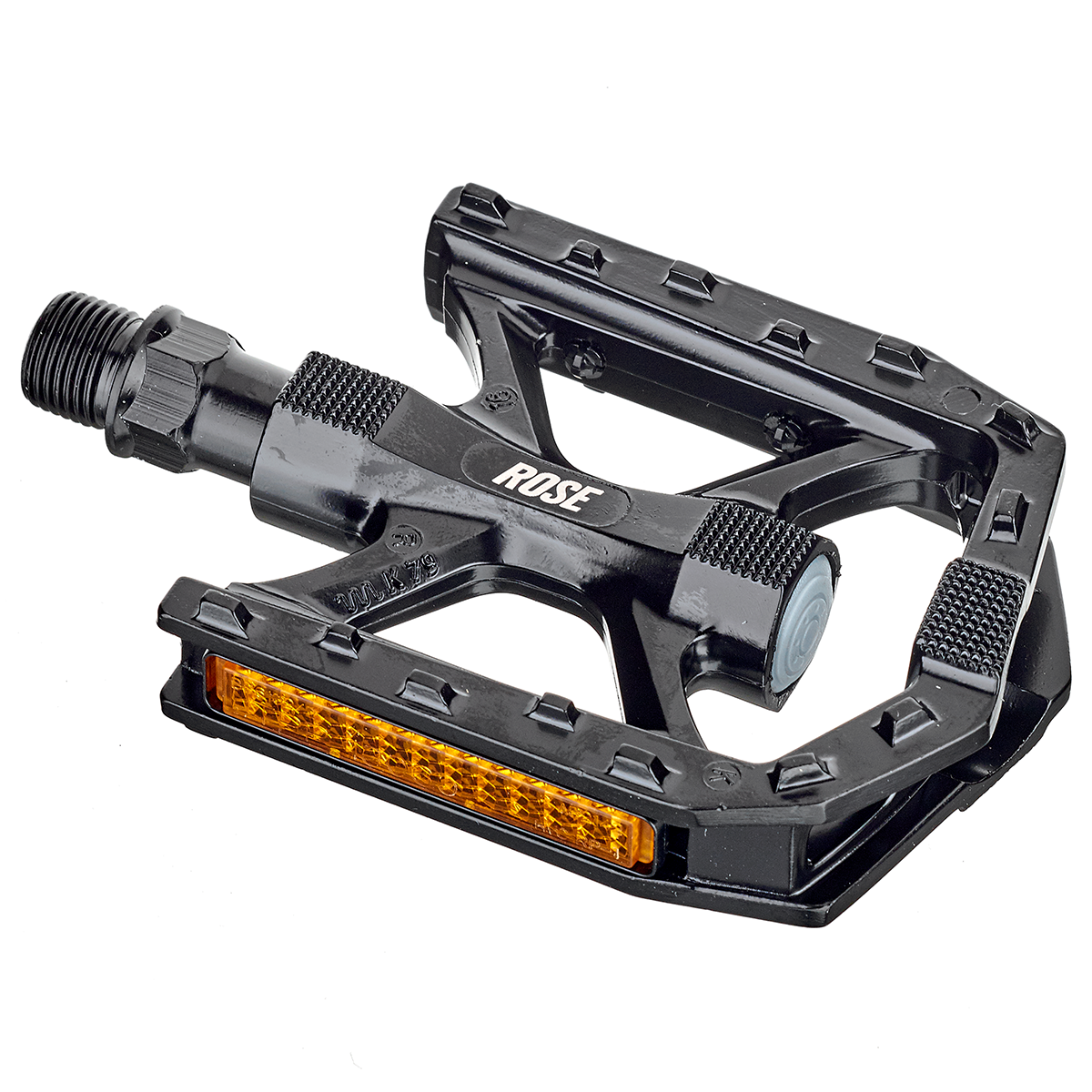;BackgroundColor=ffffff)
;BackgroundColor=ffffff)
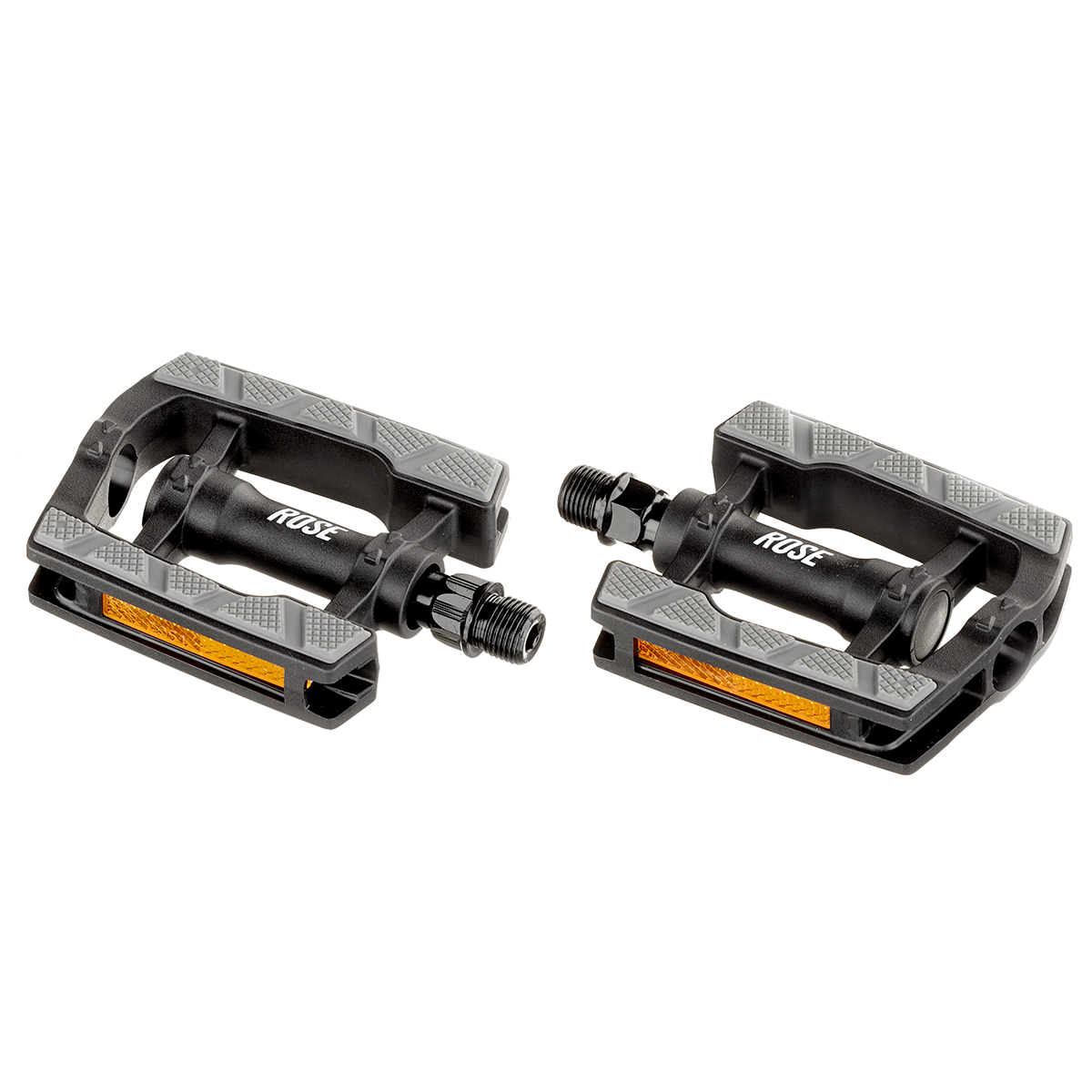;BackgroundColor=ffffff)
;BackgroundColor=ffffff)
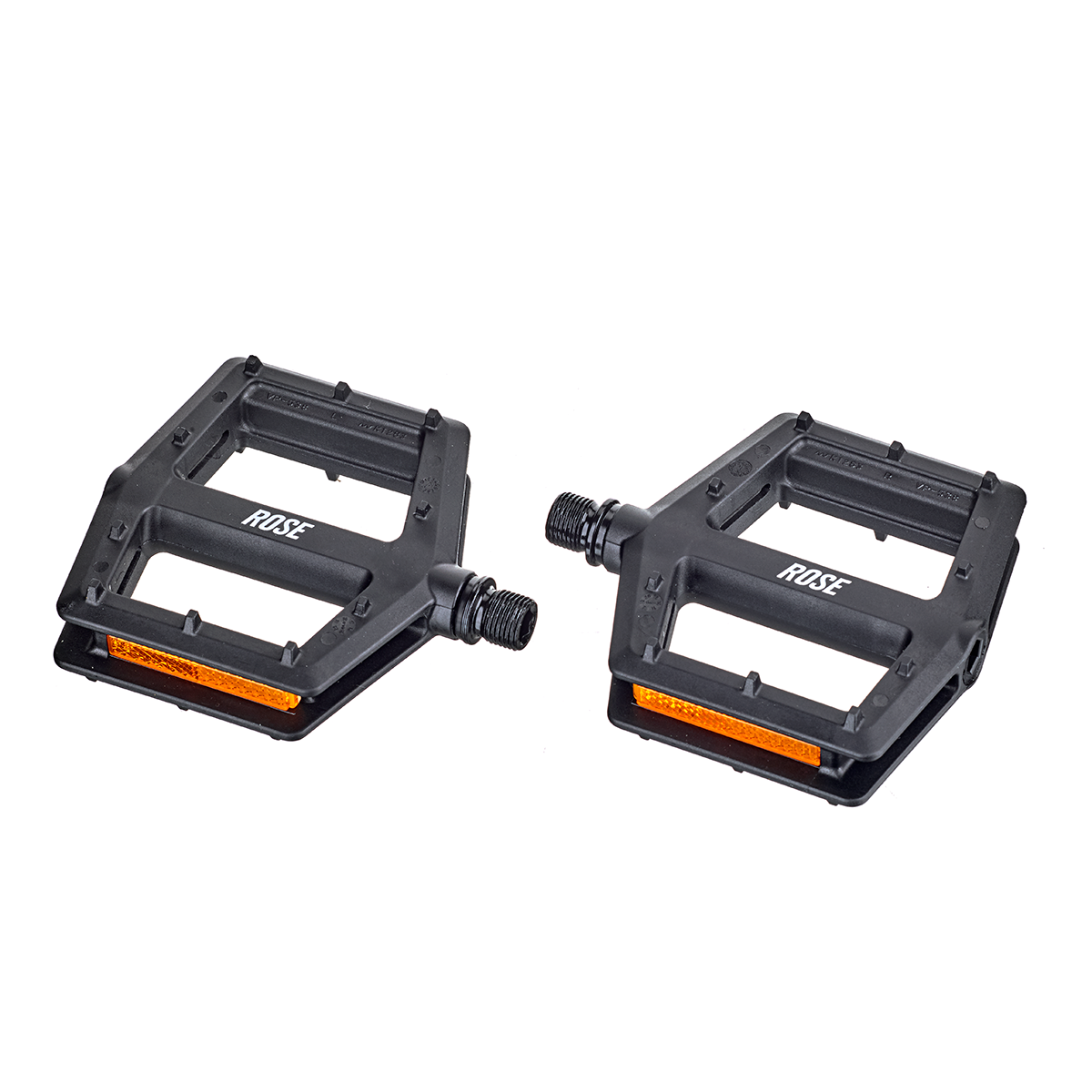;BackgroundColor=ffffff)
;BackgroundColor=ffffff)
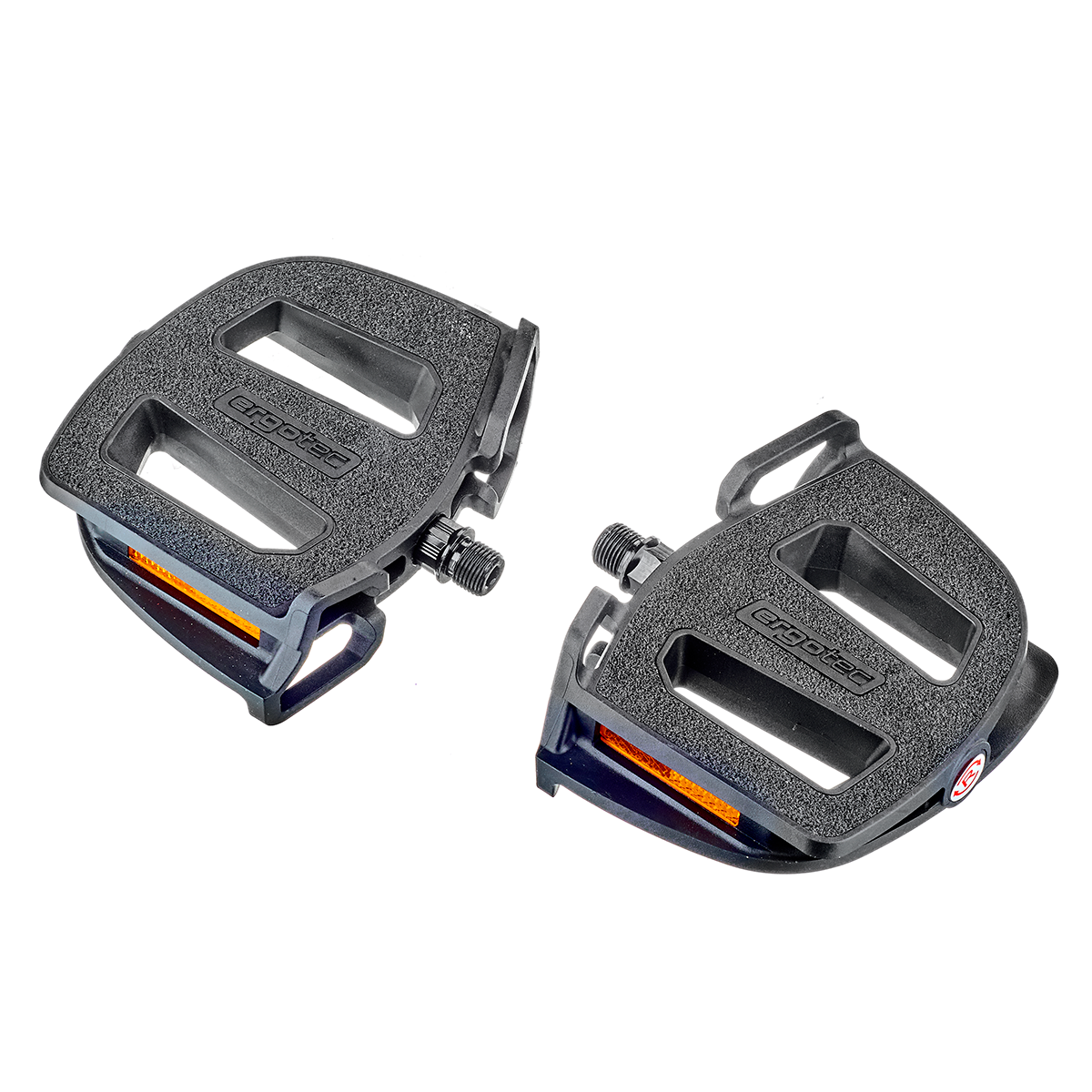;BackgroundColor=ffffff)
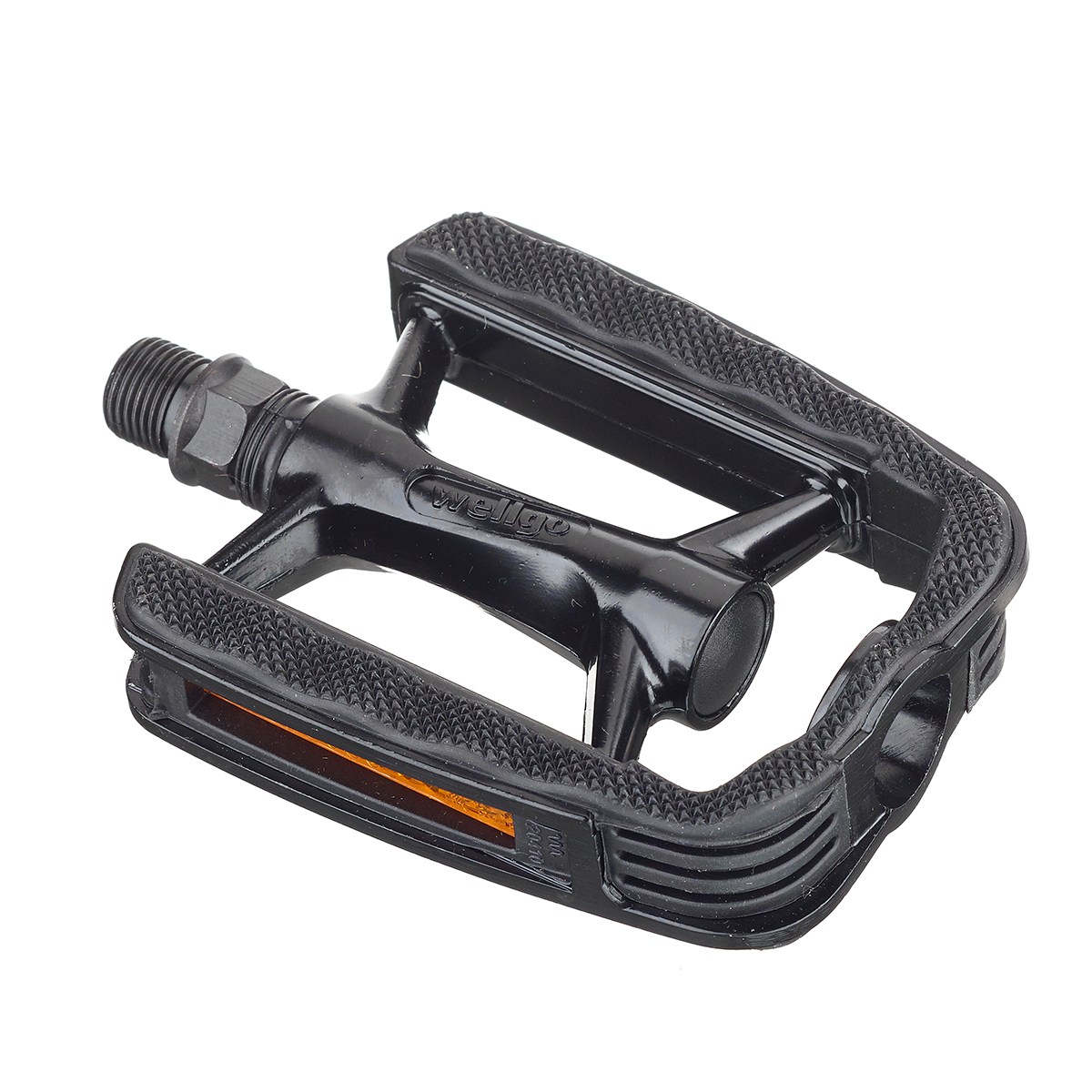;BackgroundColor=ffffff)
;BackgroundColor=ffffff)
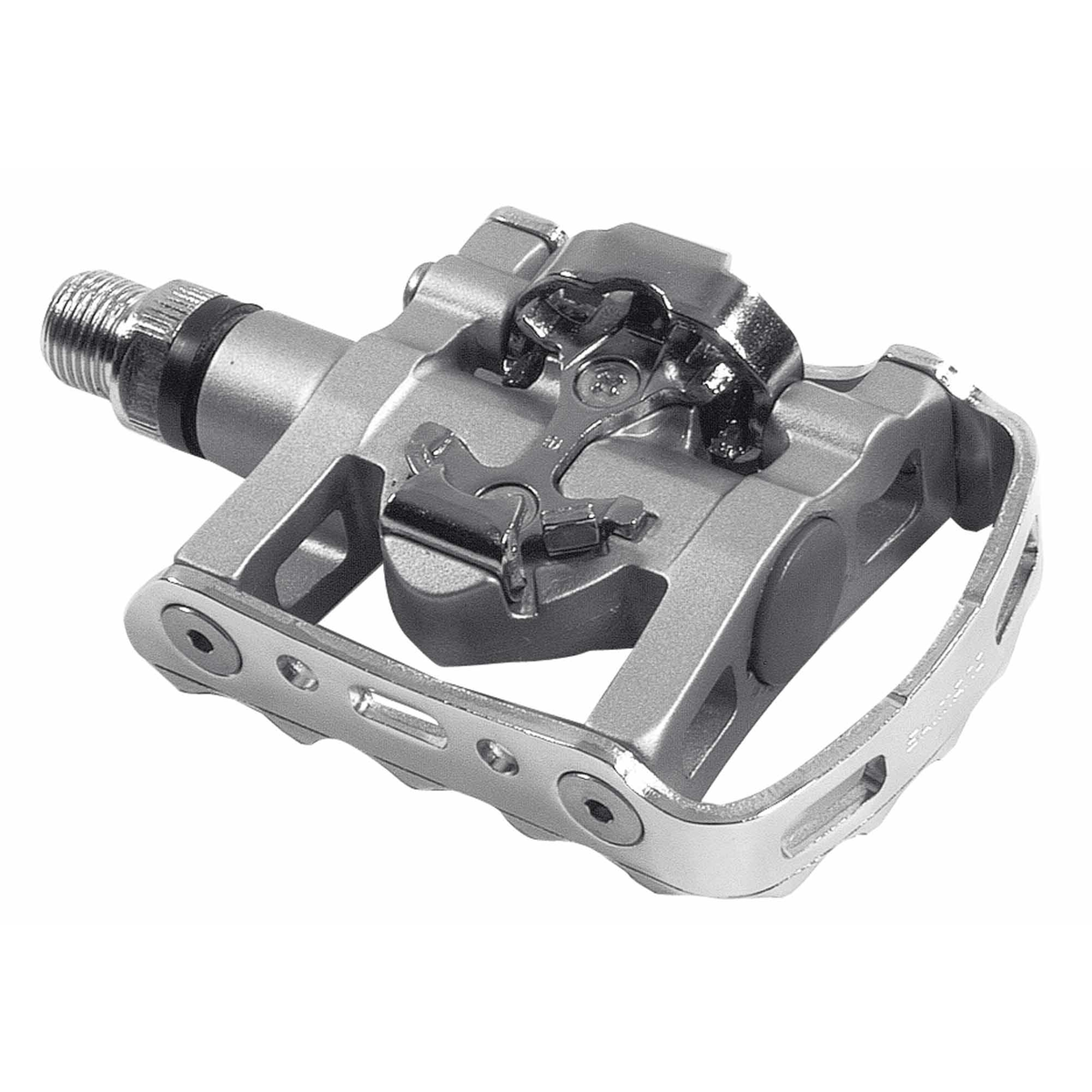;BackgroundColor=ffffff)
;BackgroundColor=ffffff)
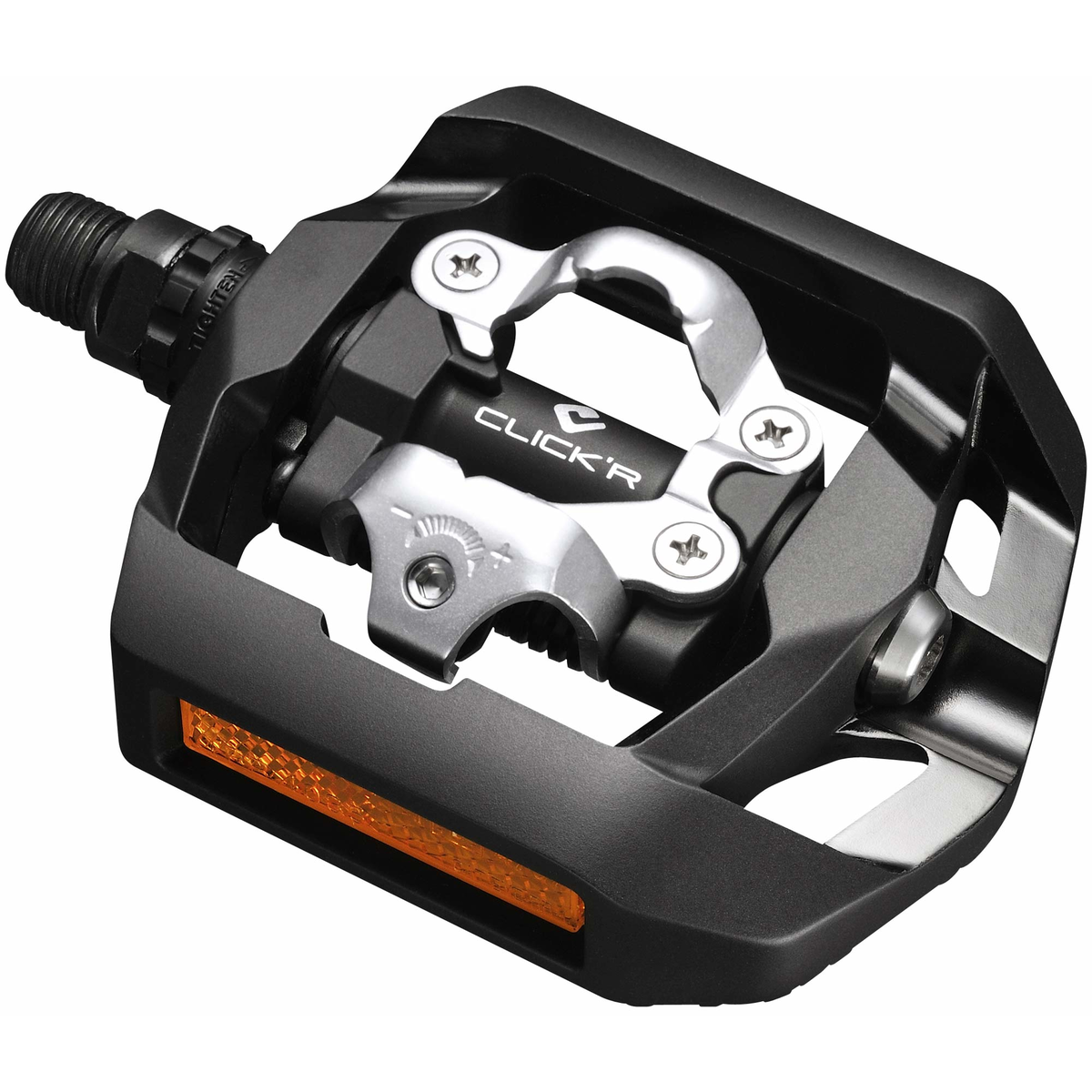;BackgroundColor=ffffff)
;BackgroundColor=ffffff)
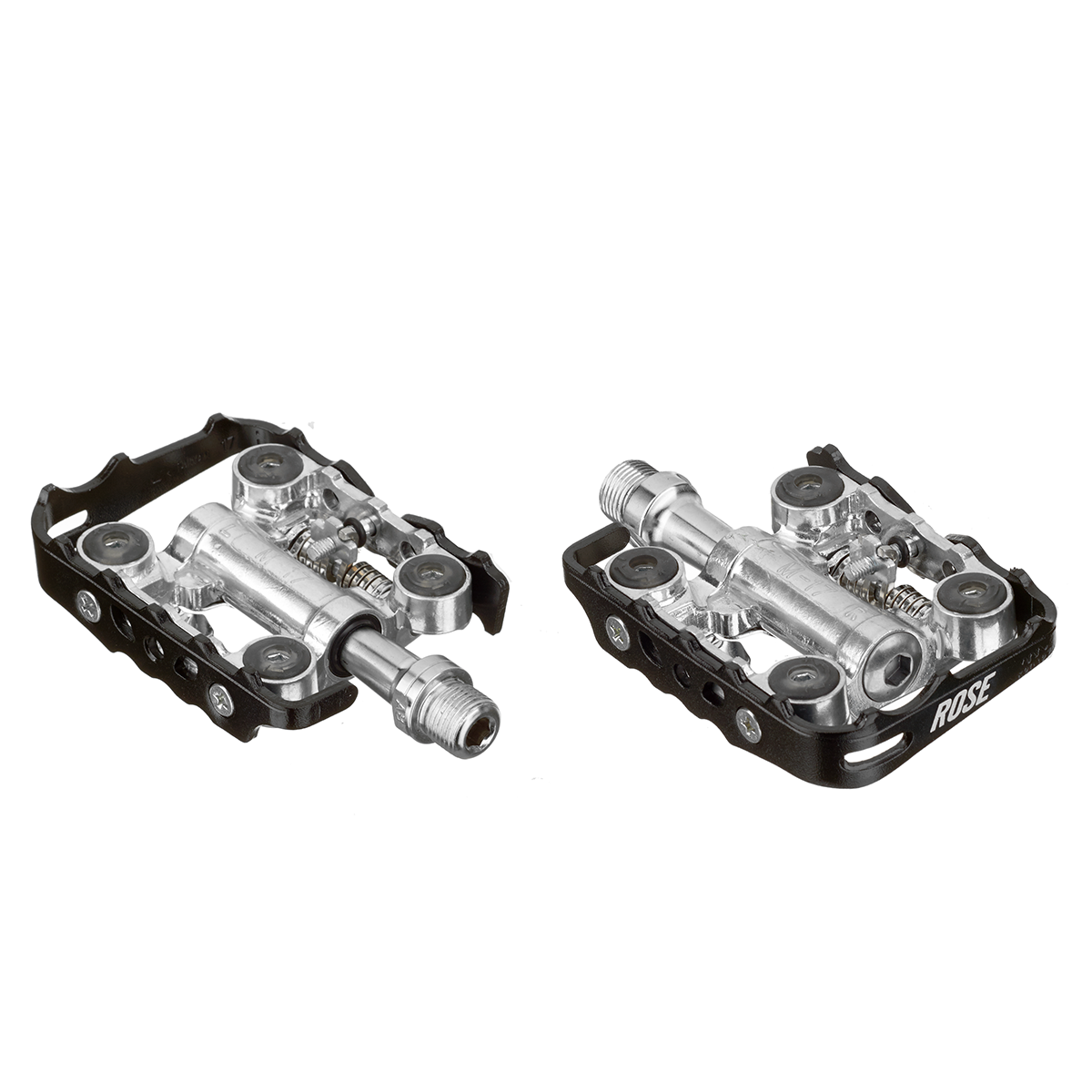;BackgroundColor=ffffff)
;BackgroundColor=ffffff)
;BackgroundColor=ffffff)
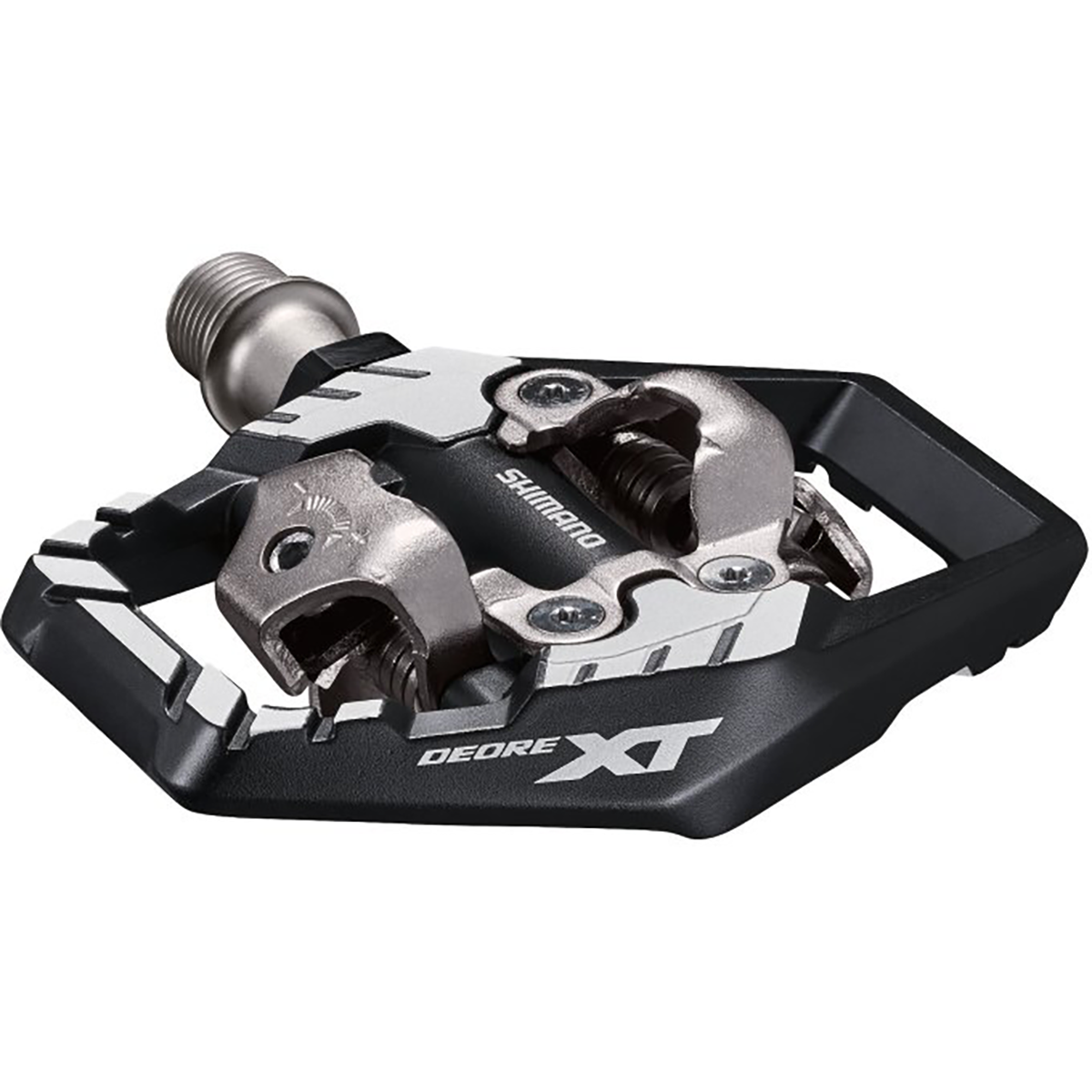;BackgroundColor=ffffff)
;BackgroundColor=ffffff)
;BackgroundColor=ffffff)
;BackgroundColor=ffffff)
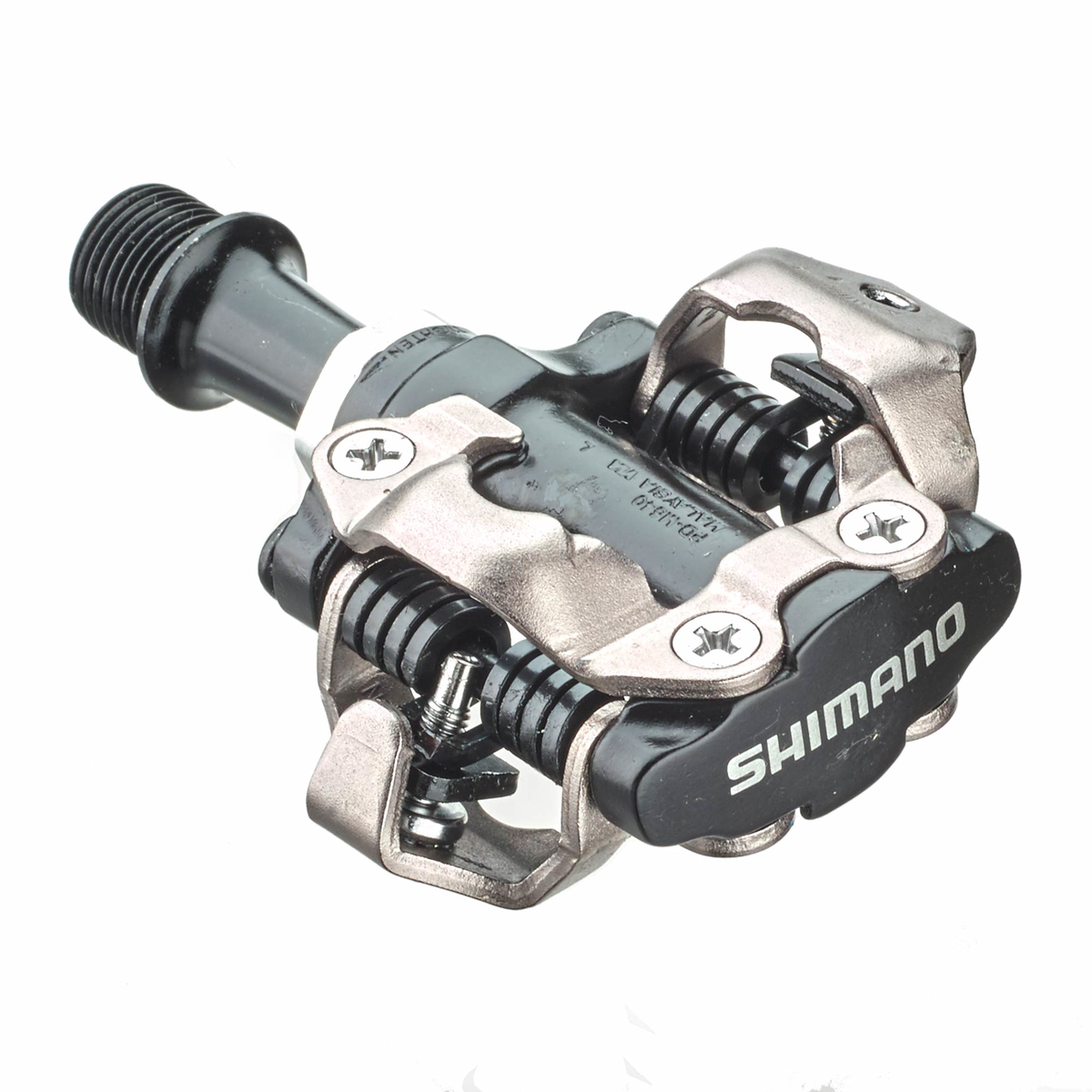;BackgroundColor=ffffff)
;BackgroundColor=ffffff)
;BackgroundColor=ffffff)
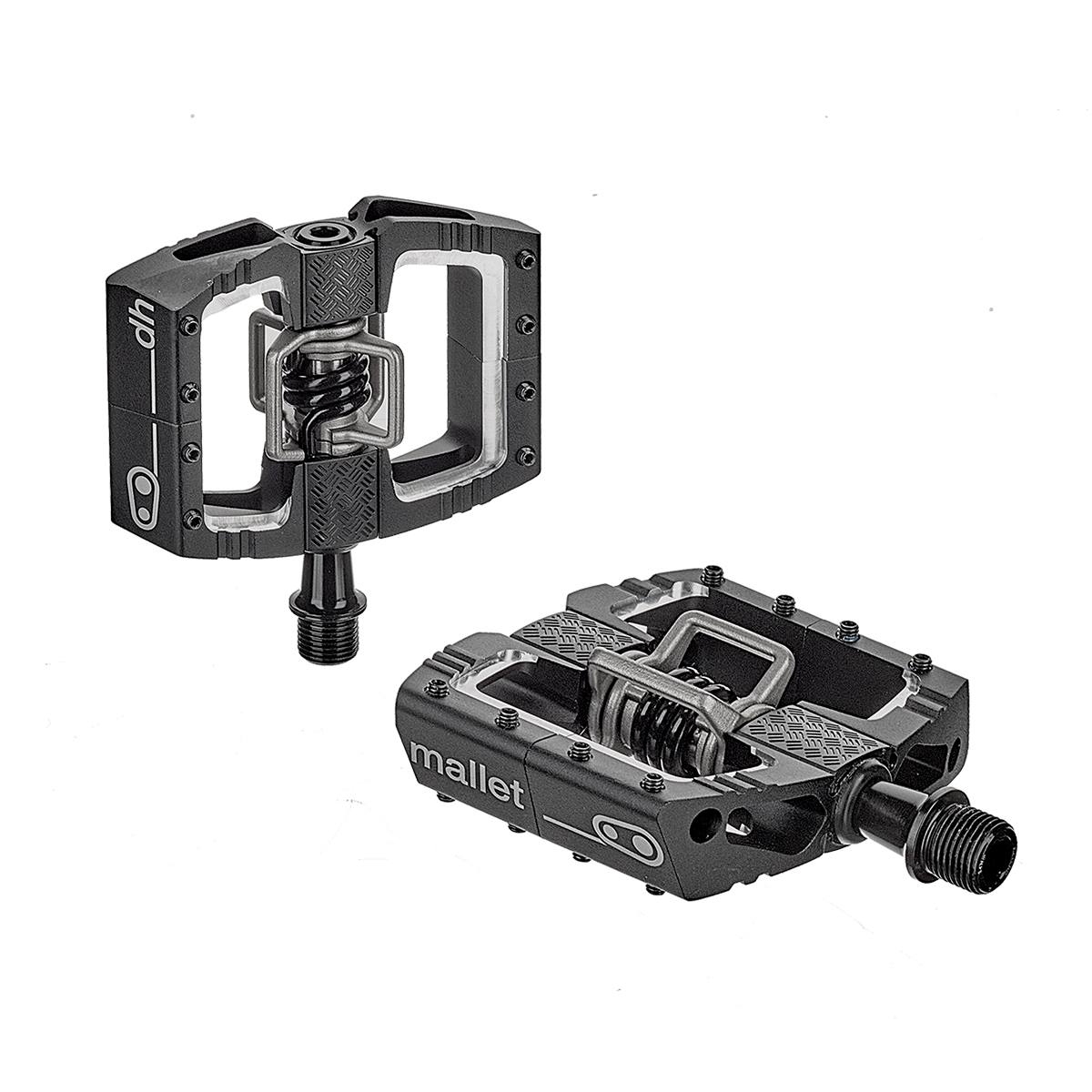;BackgroundColor=ffffff)
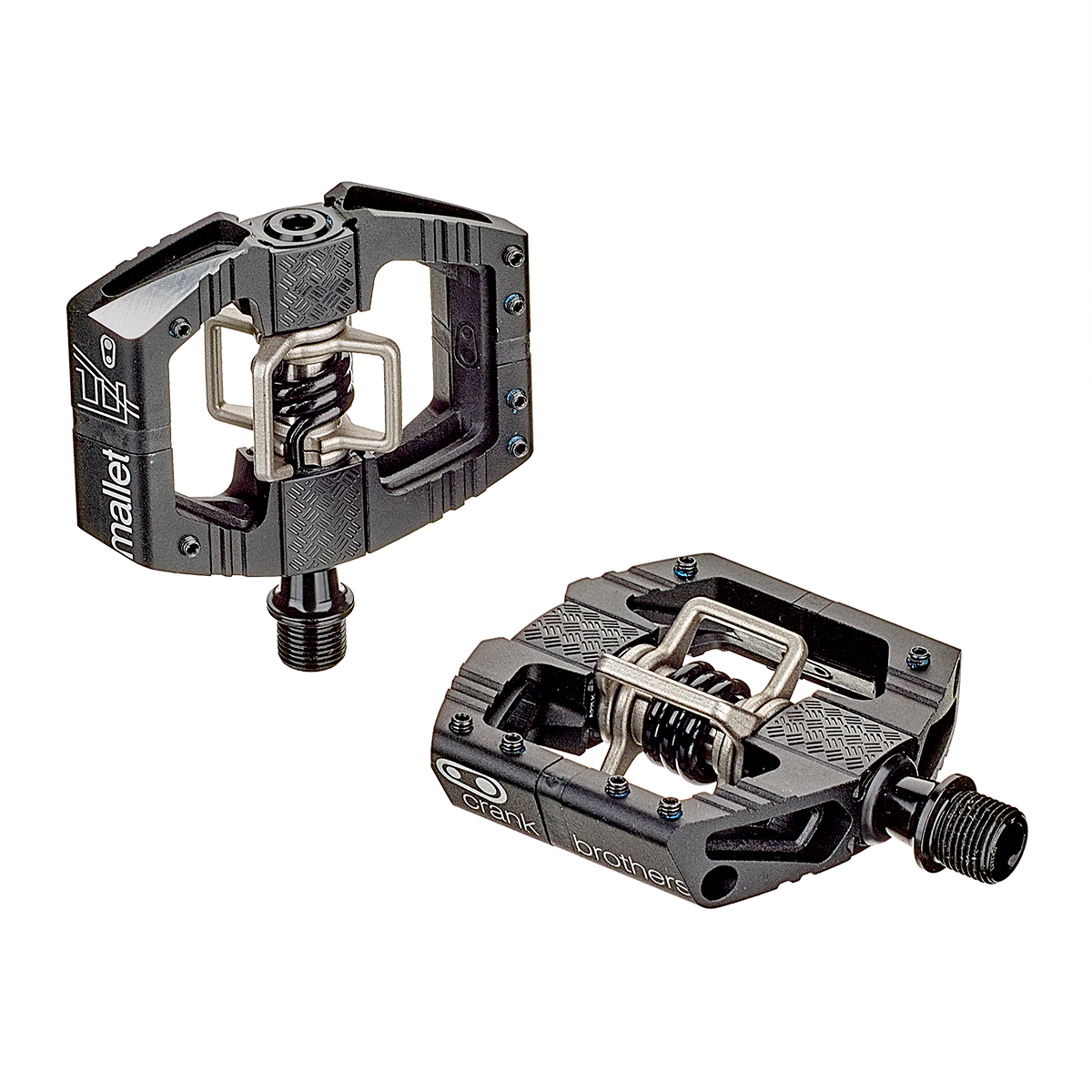;BackgroundColor=ffffff)